Nanjing 1948: The Reckoning
- By Peter Harmsen
- 17 March, 2019
- No Comments
A high-profile trial was taking place in Nanjing in early 1948. In the dock were two former Japanese officers, Mukai Toshiaki and Noda Tsuyoshi, identified as the duo who had engaged in a widely publicized “sword-killing contest” in and around the same city 10 years earlier, during the infamous 1937-1938 Nanjing massacre. During the Japanese advance towards the city, the two officers had vied for the “honor” of being the first to kill 100 Chinese with his sword. Japanese correspondents picked up on the contest, and it was reported at length in the Japanese media.
Allegedly the two reached 100 kills and then went on to set a new target of 150 kills. The way it was described in the Japanese reports, the killings were taking place in the battlefield, in hand-to-hand combat. It was, however, virtually impossible under the conditions of modern mechanized warfare to accumulate such a high number, and one of the two officers apparently admitted as much, saying that the vast majority of the killings took place when he lined up Chinese soldiers who had already surrendered, cutting them down one by one.
After Japan’s defeat in 1945, the two officers’ contest resurfaced again, and they were deported to China. Here a trial was carried out in December 1947 in the very city that formed the scene of their crimes a decade earlier. They were sentenced to death, and the executions were carried out on January 28, 1948 at Yuhuatai just outside Nanjing.
The Nanjing trials attracted a huge audience
Forensic investigations at the scene of some of the crimes in 1937 and 1938
On-site examination of remains of Nanjing massacre victims
Contemporary Japanese news account of the ‘sword killing contest’
Noda, centre, and Mukai, right, during the trial in Nanjing.
The convicts smoke a last cigarette before their execution
The last moments

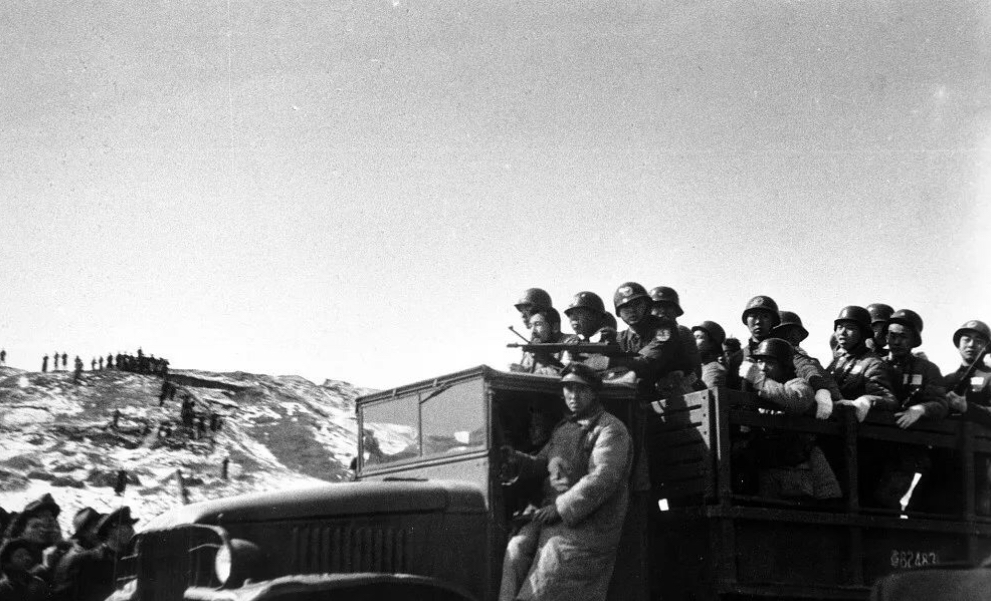
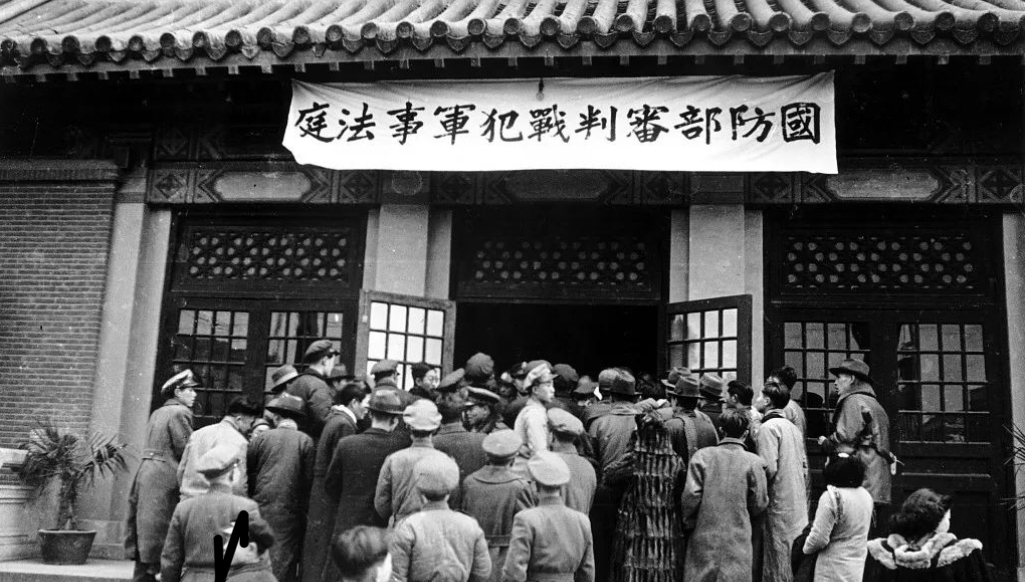
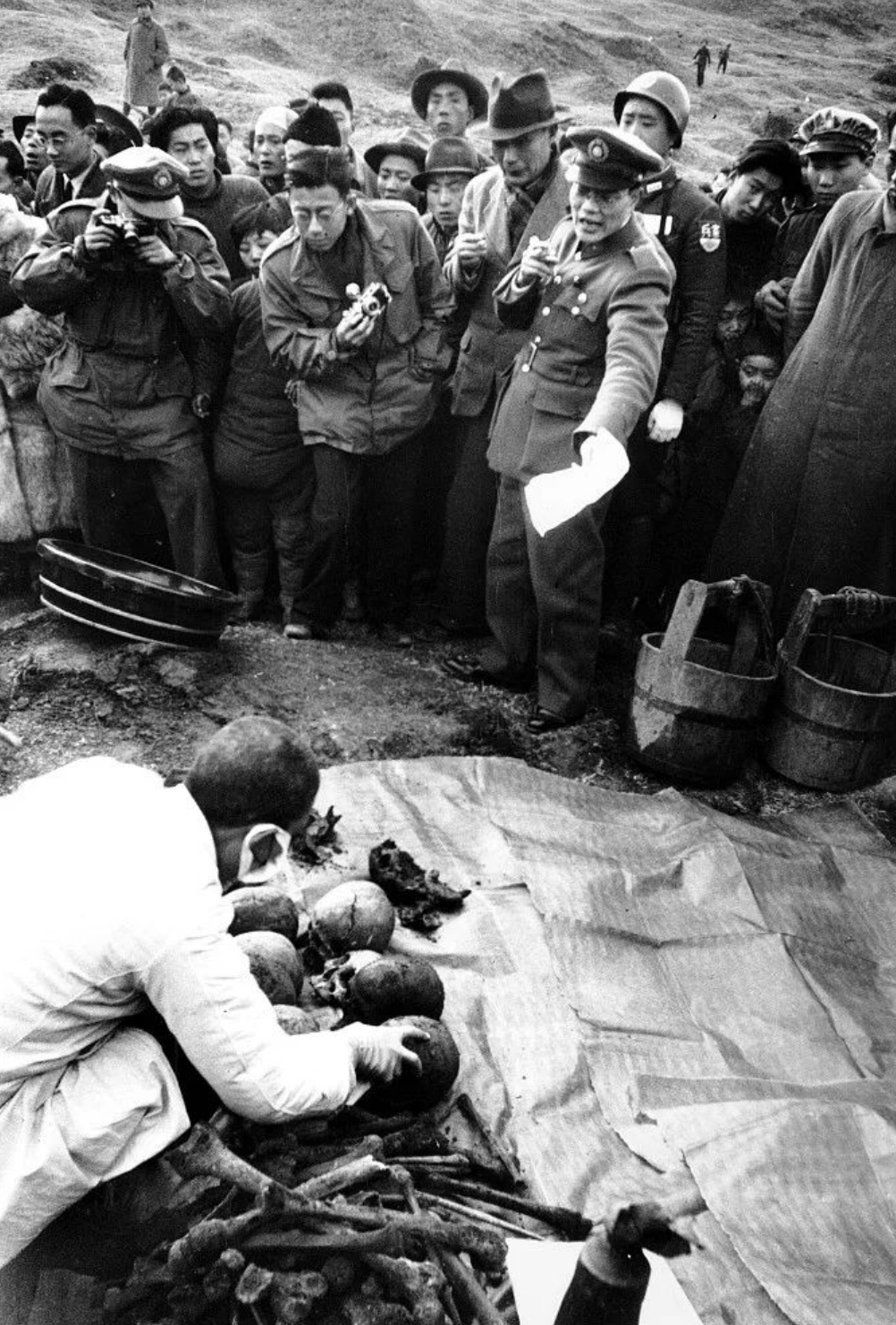
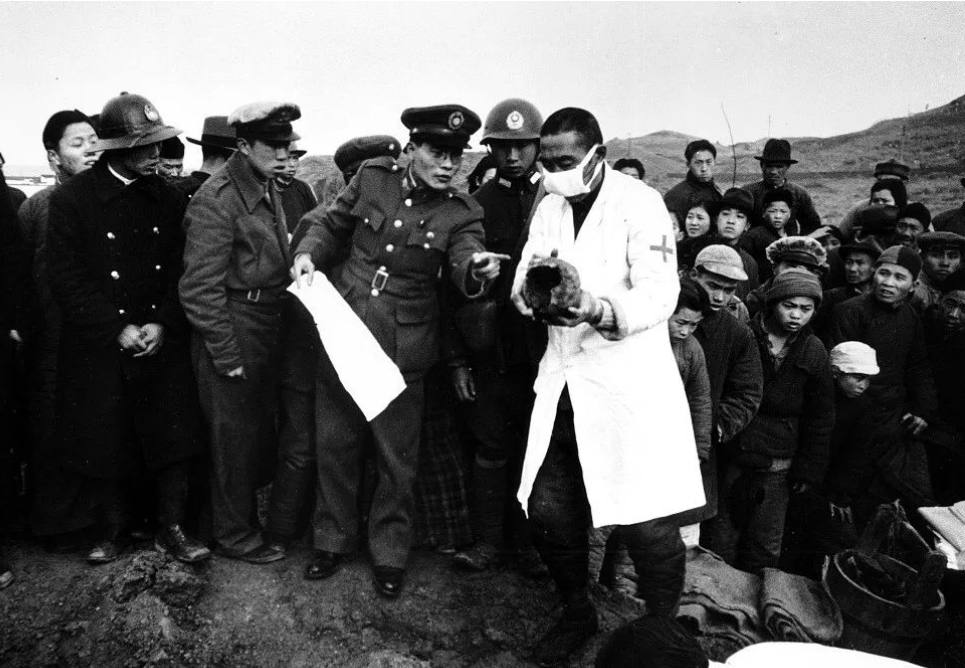
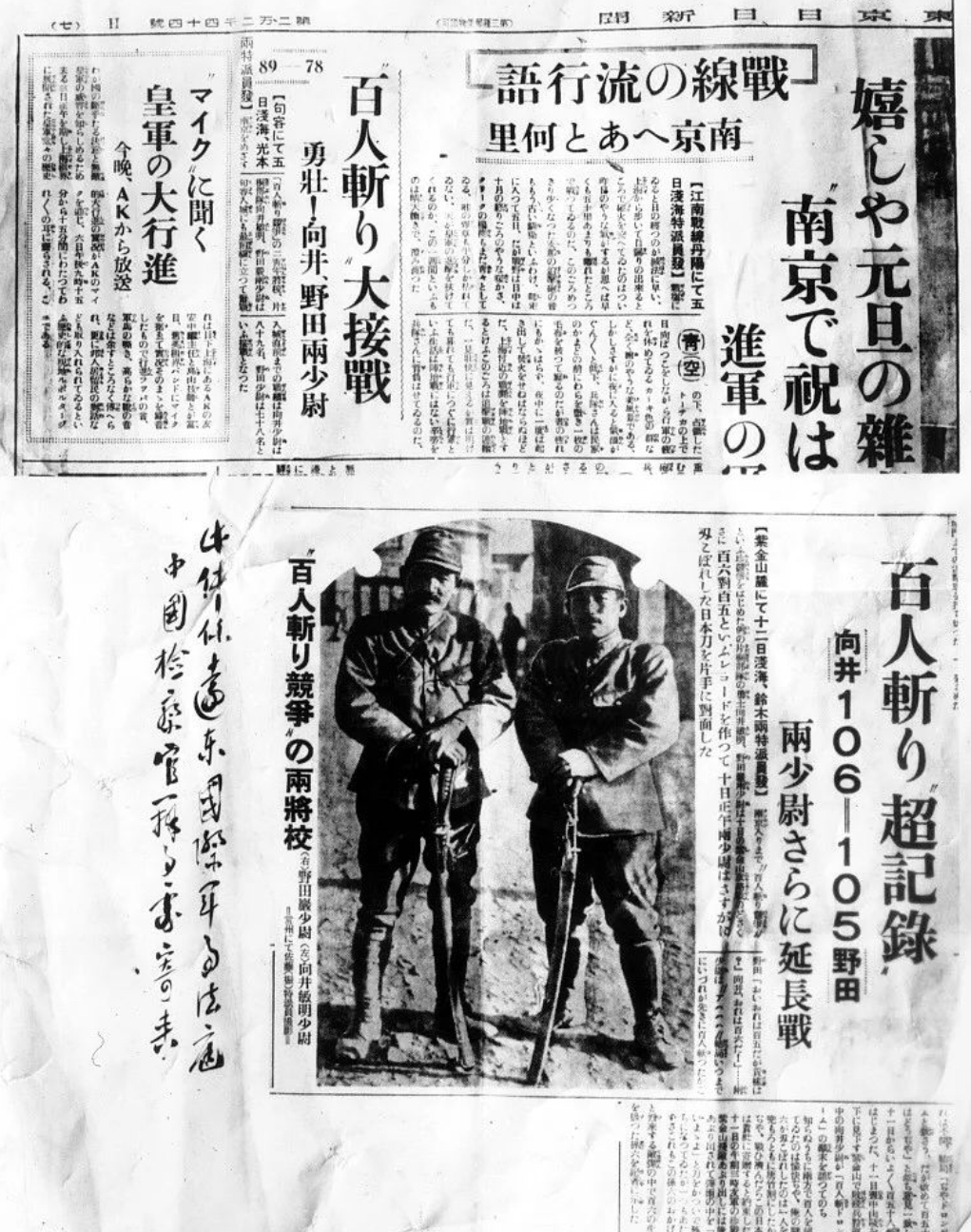
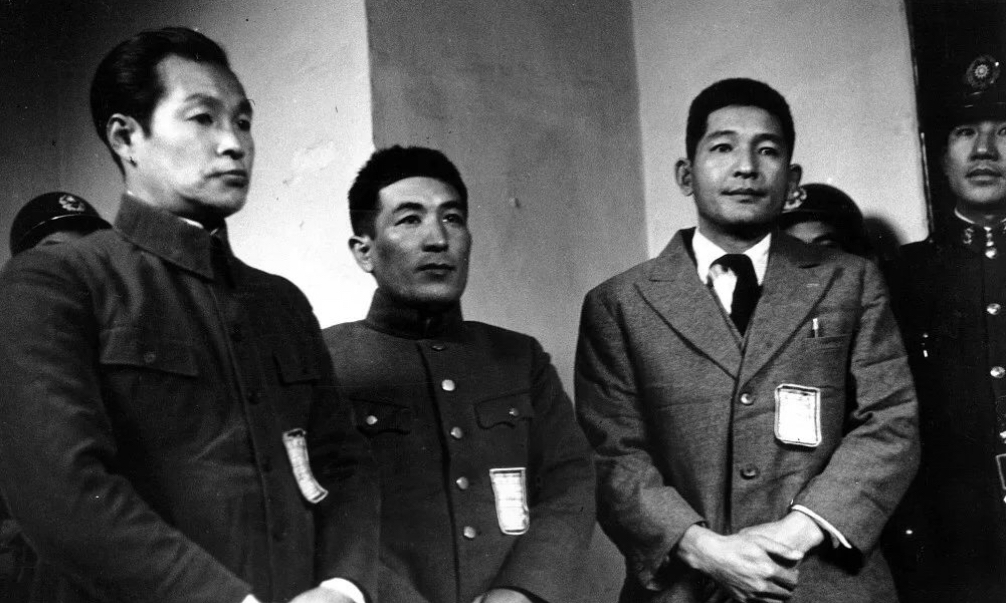
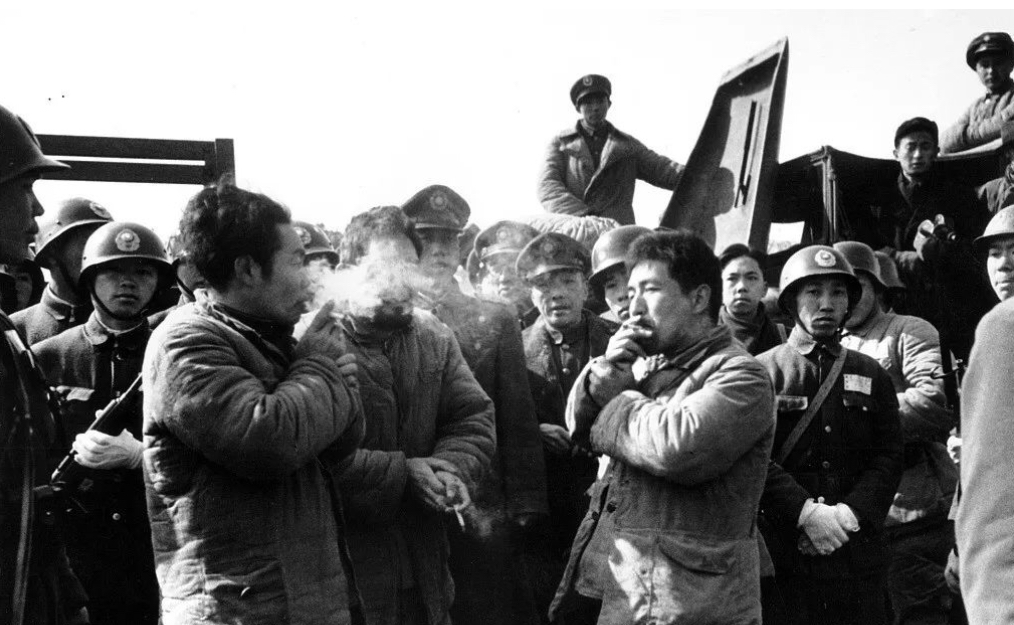
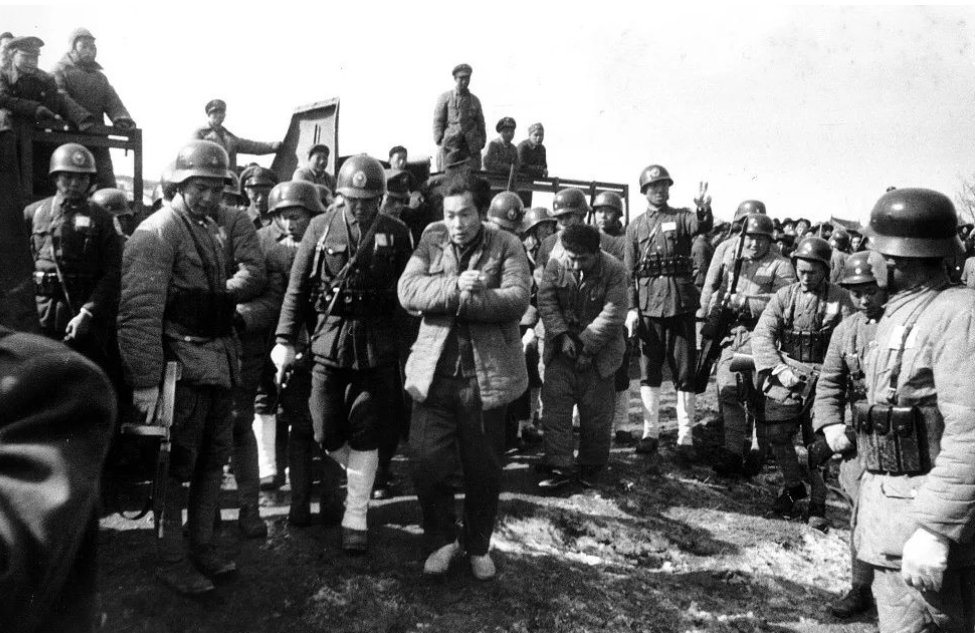
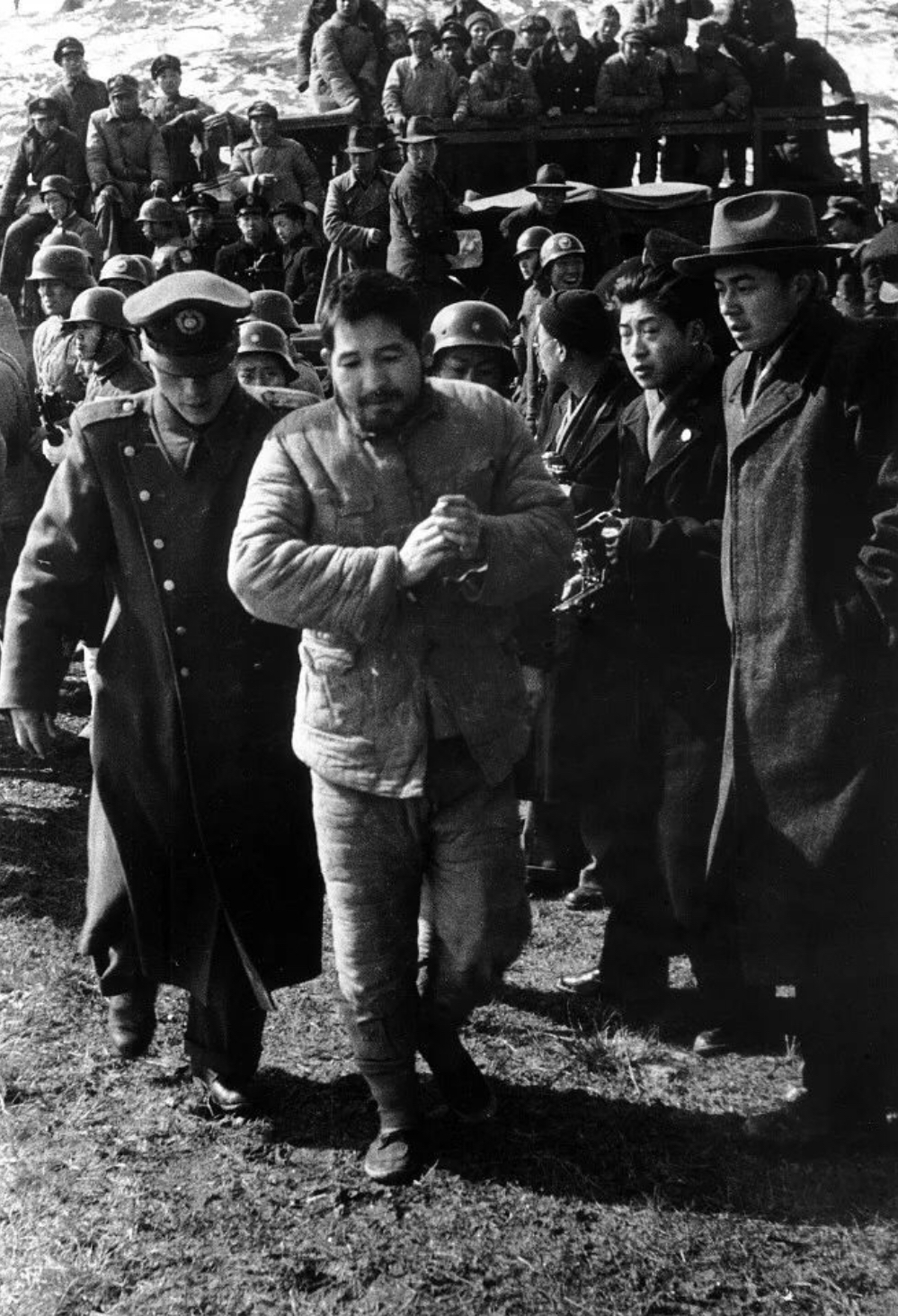
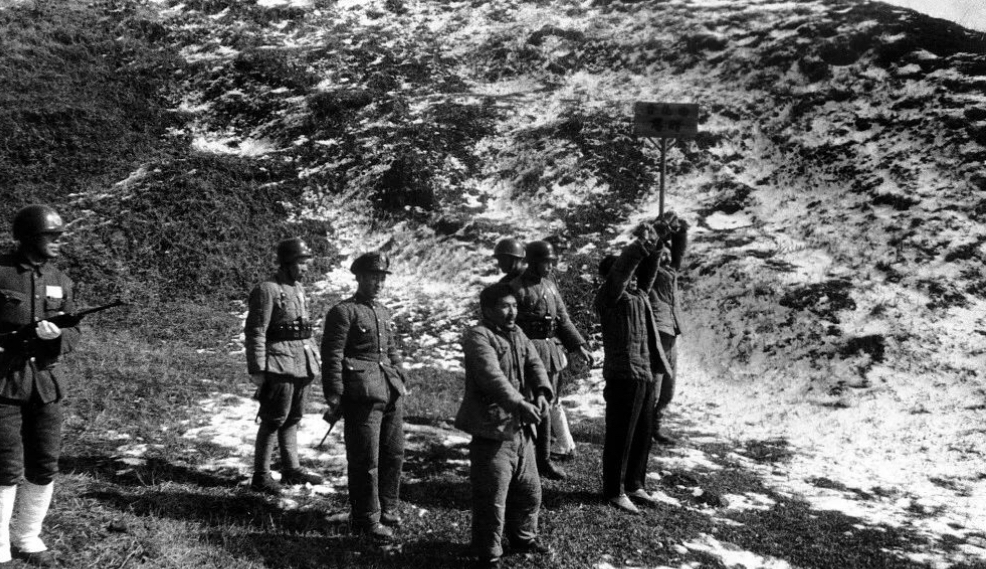


 Copyright © 2024
Copyright © 2024
Leave a Reply